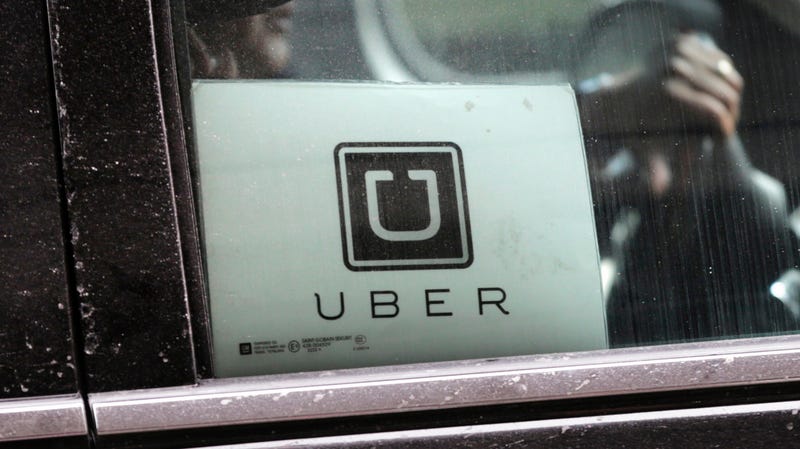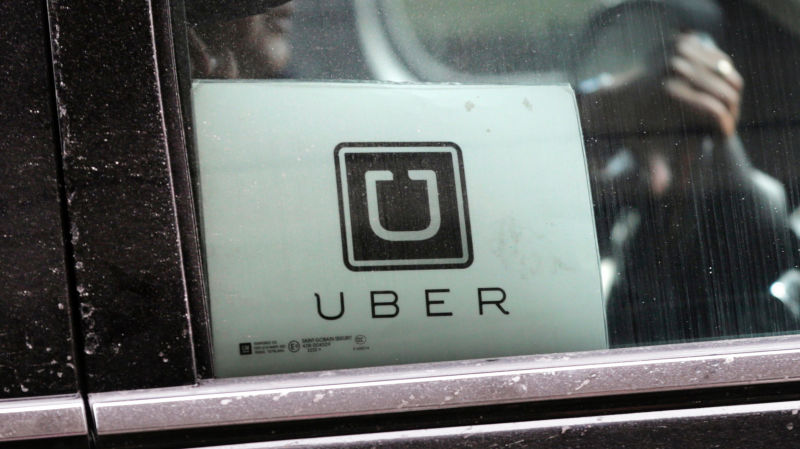
Uber has a complicated relationship with public transportation. It’s quite obviously cannibalizing trips from trains and buses from those who prefer and can afford a convenient, private car service. At the same time, the company claims to address the so-called “last mile” problem, or how people get from places outside of walking distance to public transportation. It also says it provides transportation services to so-called transit deserts even though its definition of one tends not to include buses.
The company has long had a page on its website about all the ways it supports rather than hurts transit services, including the following bit:
With reliable transportation options, ridesharing can not only help people get to their nearest transit stop but also:
- Fill in gaps in existing public transit service
- Provide access to underserved communities
- Alleviate the demand for parking
- Reduce costs of underused routes or services
Uber even goes so far as to claim such efforts and partnerships with regional transportation authorities is part of its mission “to increase access to transportation.” Along those lines, earlier this year it added public transportation to its app in limited markets.
But Uber’s filing for an Initial Public Offering on Thursday paints a very different picture of the company’s relationship to public transit.
While the filing does mention the company’s efforts to offer riders “multi-modal trips” that may include public transportation should they choose, the vast majority of the filing’s mentions of public transit make plainly clear the company sees buses and trains as a competing service. Far from being a partner in helping people move around cities, Uber regularly slots public transportation as “competition” or an obstacle to the company’s “growth strategy.”
Bruce Schaller, a transportation analyst who has extensively studied the for-hire vehicle industry, says this is one of the benefits of the public filings. “They have to be correct. They can’t misrepresent. It’s nice to see Uber being frank about its relationship with public transportation for once.”
Advertisement
From the time Uber enters a city, the filing says, the company aims to “reach efficient scale and liquidity rapidly to attract consumers to use our platform as an alternative to personal vehicle ownership and usage of public transportation and to achieve leadership in the ridesharing category.”
That’s a lot of jargon, but in essence, the company lowers the price of each ride and juices driver incentives to make Ubers competitive with public transportation. And they’re happy to do so “in a negative margin”—they lose money—“until we reach sufficient scale to reduce incentives.”
Advertisement
Considering Uber is still offering incentives and promo codes in New York, one of its biggest markets, it’s not clear what that “sufficient scale” actually is.
Elsewhere, in a section titled “Our Growth Strategy,” Uber says:
We believe we can continue to grow the number of trips taken with our Ridesharing products and replace personal vehicle ownership and usage and public transportation one use case at a time, including through continued investment in our affordable Ridesharing options, such as Uber Bus and Express POOL.
Advertisement
Uber also identifies its stiffest competition in this space as “public transportation, which typically provides the lowest-cost transportation option in many cities.”
All of this makes sense if you stop to think about what Uber is for one goddamn second. The filing also reveals that 24 percent of all the company’s rides come from five massive cities—New York, Los Angeles, San Francisco, London, and São Paulo—four of which have robust public transportation options that have experienced declining ridership since Uber’s introduction despitetheiroverallpopulations increasing.
Let’s hope this ends Uber’s years-long gaslighting that is in fact helping public transportation when it very clearly is not and very obviously doesn’t want to.













